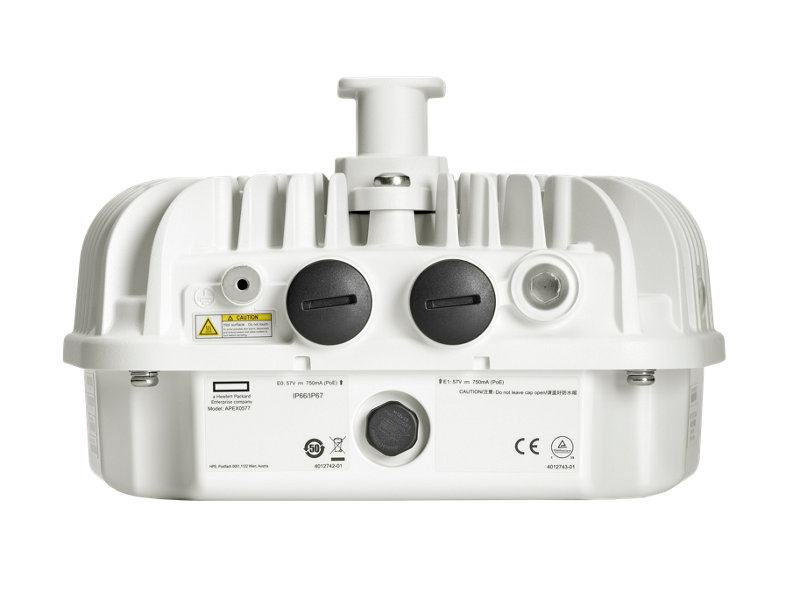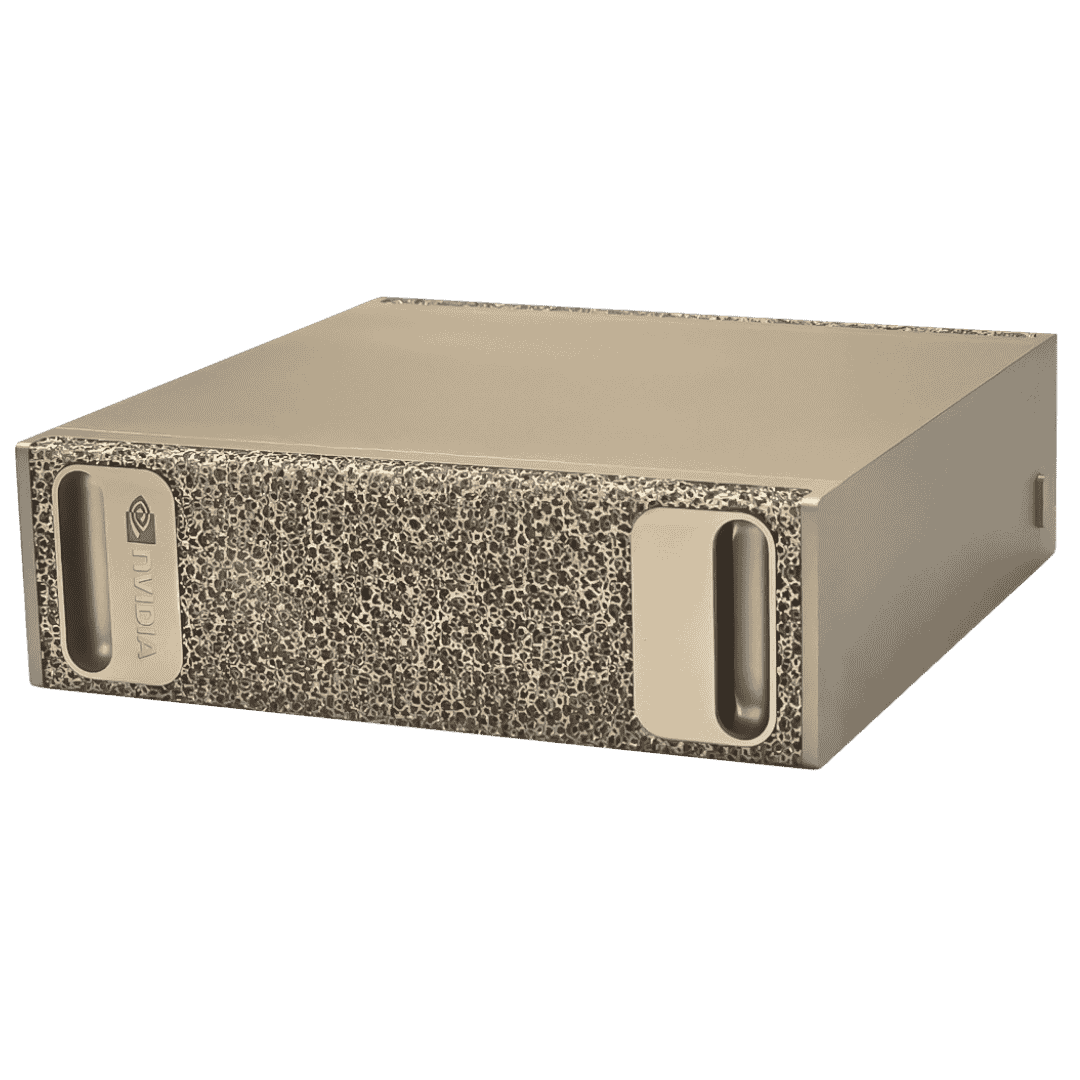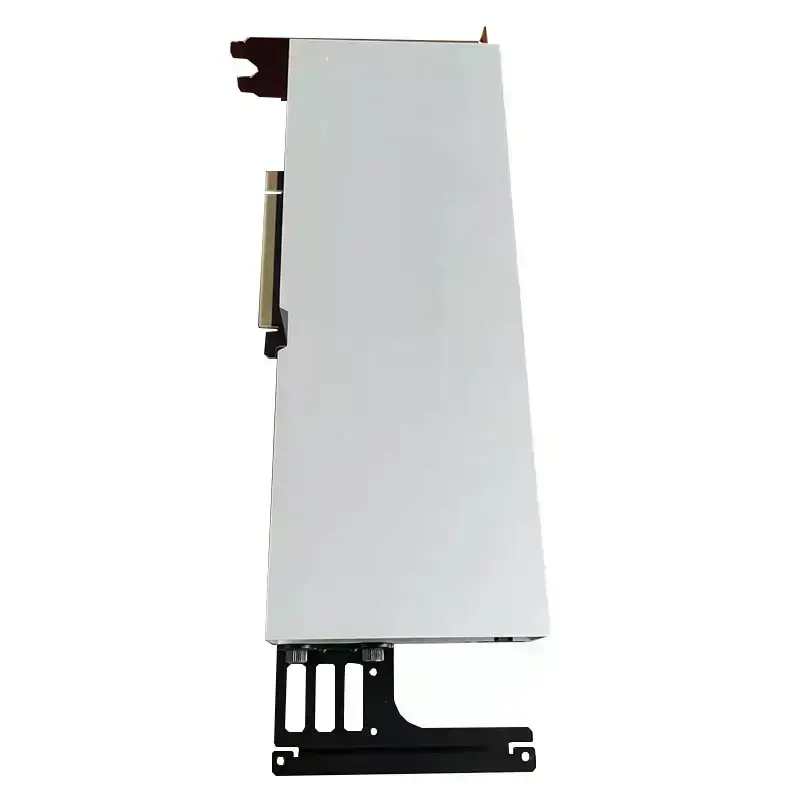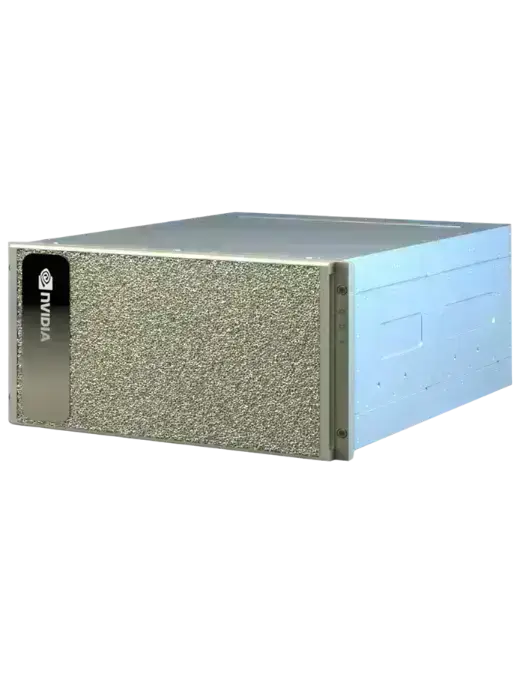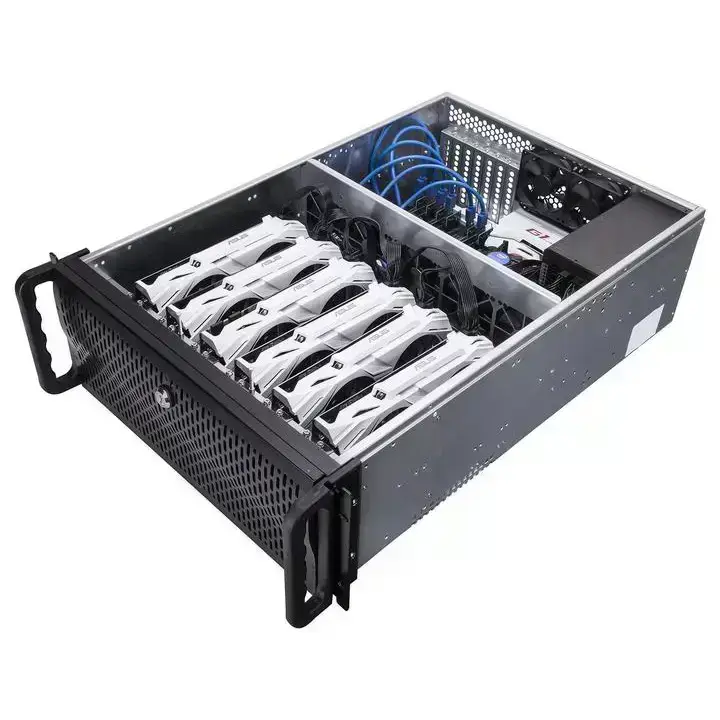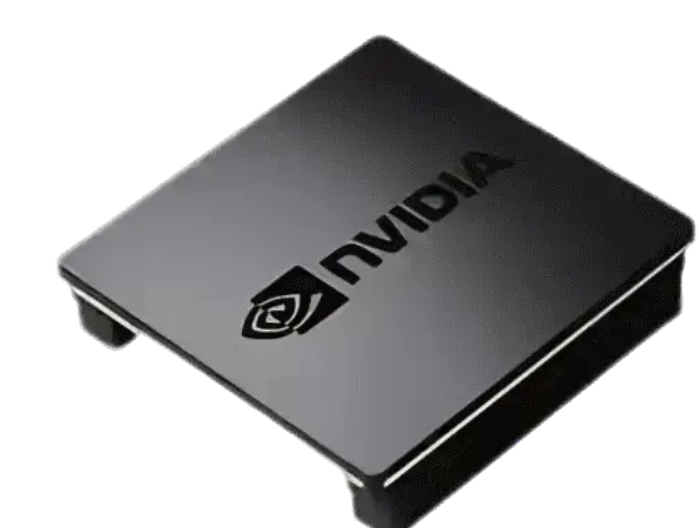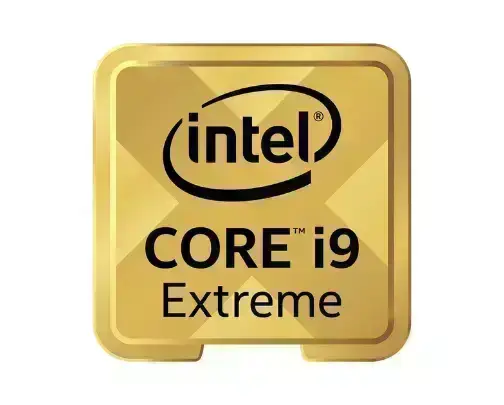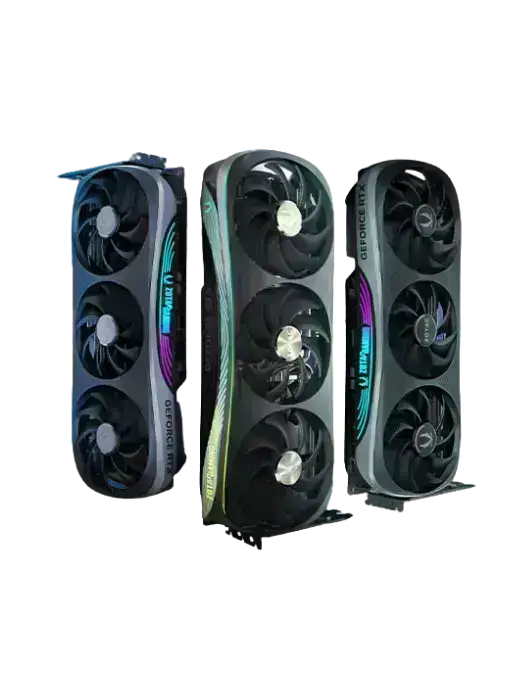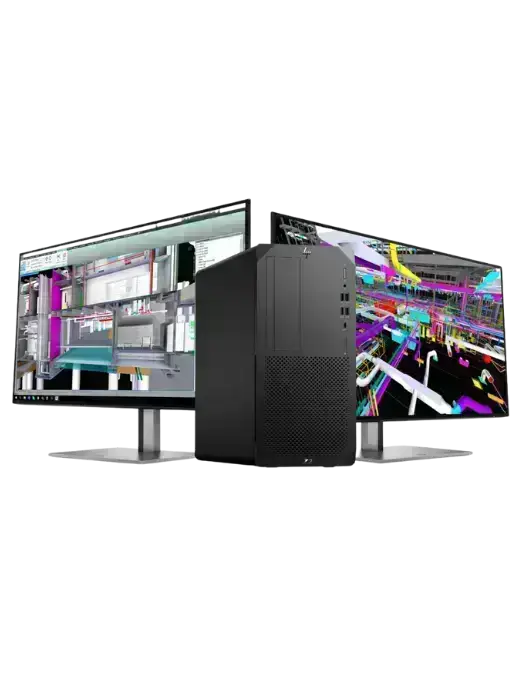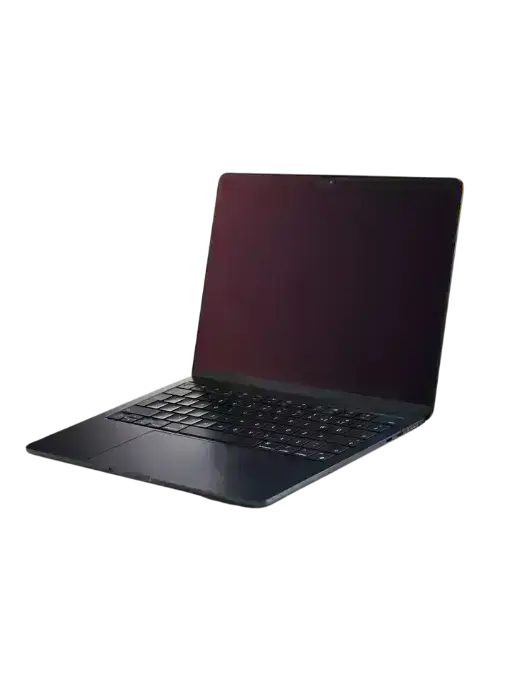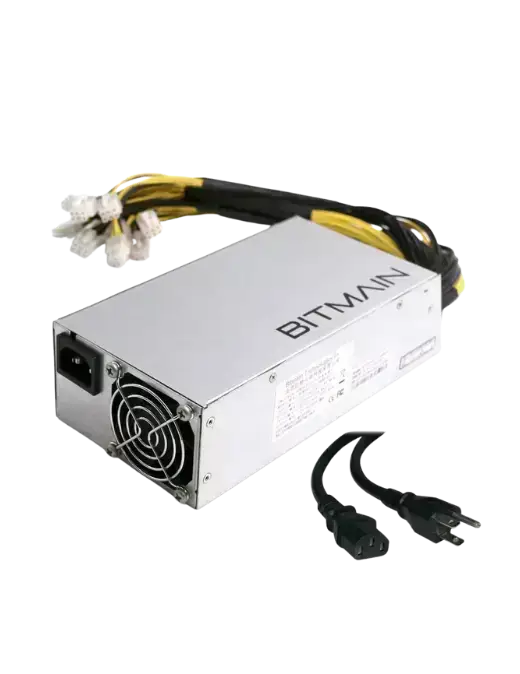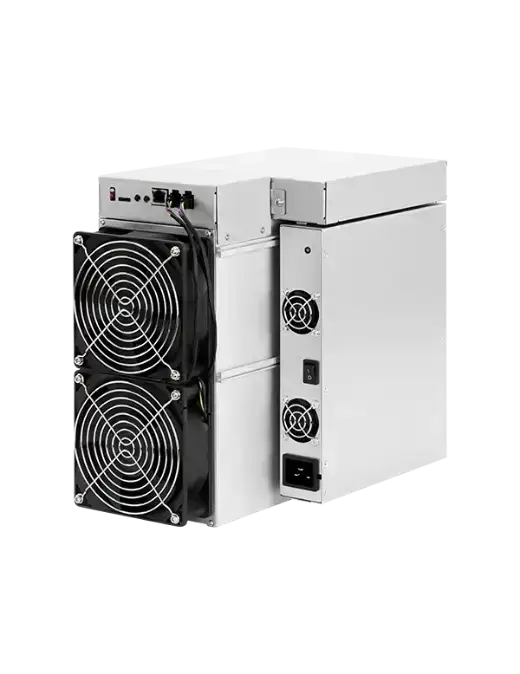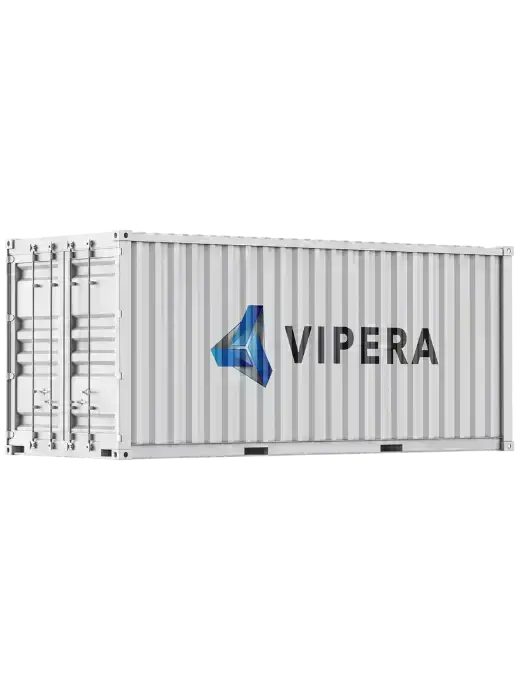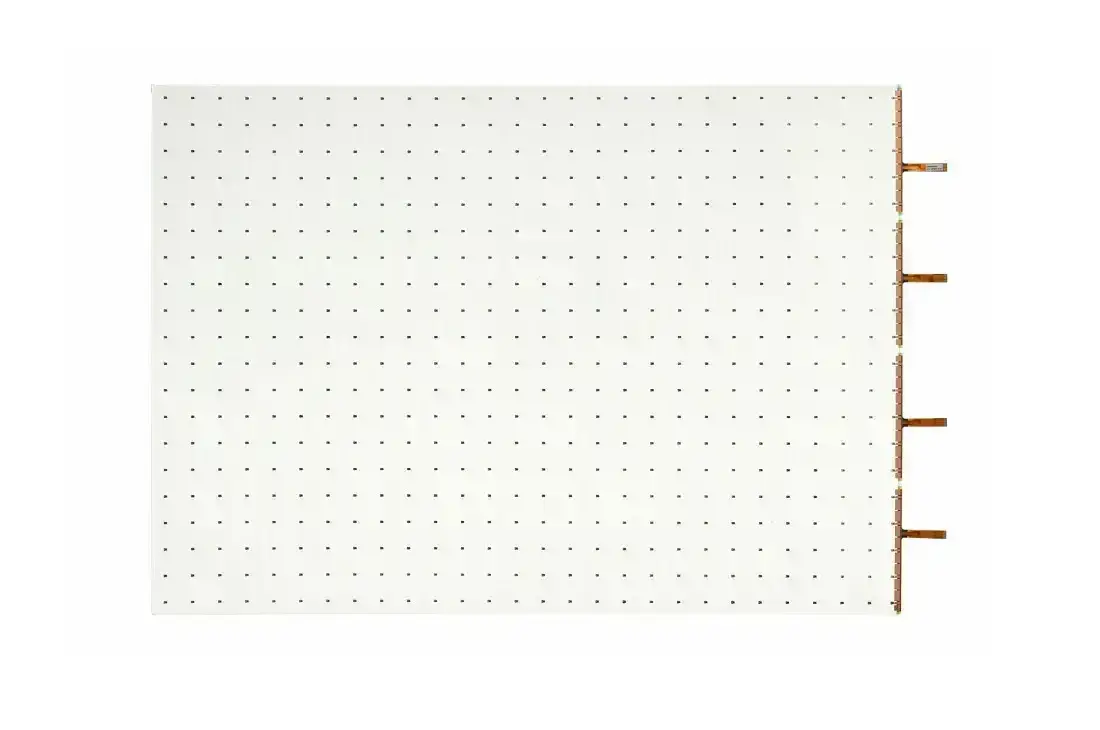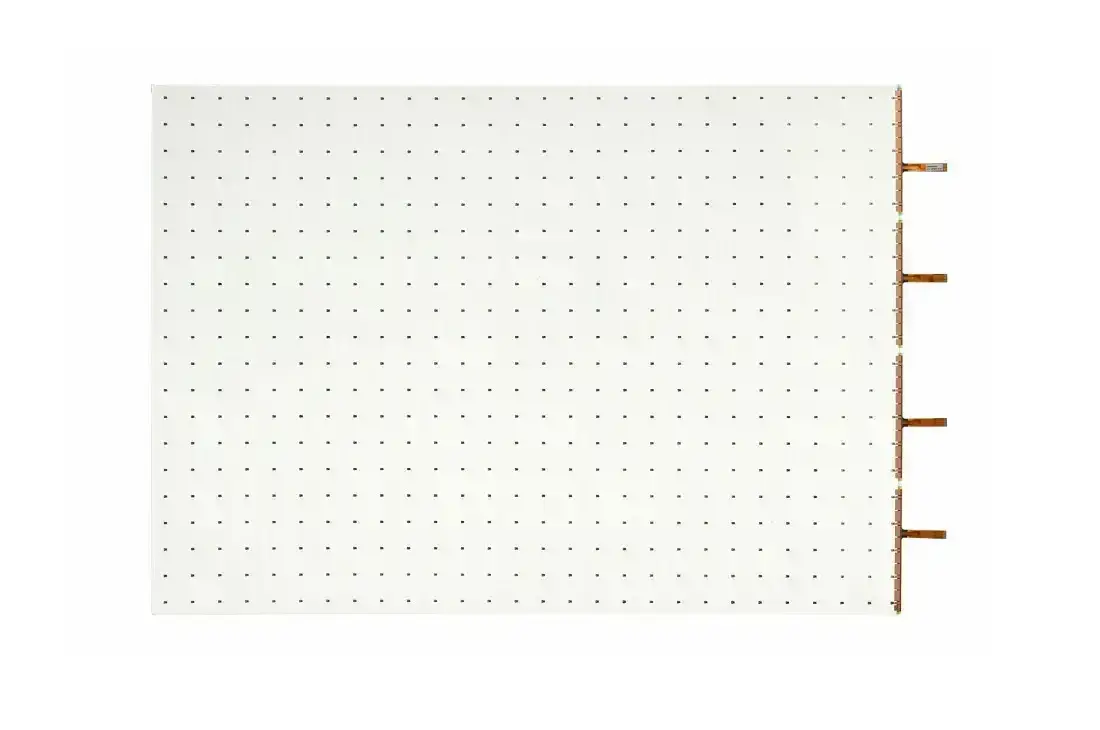Over the past few years, memory and SSD prices have largely followed a path of decline, thanks to oversupply, improved process yields, and fierce competition. But that era is drawing to a close. Driven by surging demand from AI, cloud infrastructure, and constrained production capacity, pricing pressures are mounting. If your business or operations depend on memory, SSDs, or supporting hardware, now is the time to plan ahead, especially for anything you’ll need in October or late 2025.
Below is a breakdown of the causes, expected trends, risks, and what actions you should take to mitigate impact.

What’s Driving the Shortage & Price Pressures
1. AI & Hyperscaler Demand Is Gobbling Up Supply
Large AI models and inference systems have voracious memory and storage needs. Tom’s Hardware reports that data centers are “swallowing the world’s memory and storage supply,” creating a “pricing apocalypse” scenario.
Some highlights:
- Hyperscalers are locking in long-term contracts for DRAM and NAND capacity.
- Manufacturers are prioritizing high-margin products like HBM (High-Bandwidth Memory) over more commodity DRAM / NAND.
- New NAND products (e.g. Samsung’s upcoming V9) are already nearly booked before launch.
- Phison’s CEO has warned that the NAND shortage could last up to a decade.
This shift means that what was once commodity supply is being reallocated to large-scale buyers, leaving less for the broader channel.
2. Production Cuts, Capex Shifts & Allocation Constraints
After the supply glut of 2022–2023, memory and flash manufacturers cut back output to stabilize pricing. But now, they're also reorienting capital investments:
- More fabs and capacity are being dedicated to high-end memory (HBM, DDR5) instead of legacy DRAM or commodity NAND.
- Some companies have paused or frozen pricing quotations to manage allocations. For instance, Micron has reportedly constrained or paused quoting for DRAM and NAND in some channels.
- Investment in new fabs is slow, and the ramp for next-generation nodes is challenging.
These constraints lead to thinning buffers and less flexibility to absorb sudden demand spikes.
3. Forecasted Price Increases in 2025
Analysts and market research firms are already signaling a shift upward in pricing mid-2025:
- TrendForce forecasts NAND / SSD prices could rise by 10–15 % in Q3 2025, and then another 8–13 % in Q4.
- In the HDD / NAND space, Micron has reportedly “frozen prices” while negotiating for allocation, citing AI-driven demand pressures.
- TechSpot warns that enterprise SSD and HDD prices could rise 20–30 % as AI workloads push demand.
- SSD pricing is expected to transition from a decline to an increase midway through the year.
In short: the window of soft prices is closing.

4. Legacy Segments Are Getting Hit Hard
Interestingly, even older memory standards are under stress:
- DDR4, once a “stable” segment — is seeing price increases as manufacturers shift focus to DDR5 / HBM.
- Some legacy DRAM and NAND modules may become less available or reserved for special orders, making lead times unpredictable.
This means buyers cannot simply rely on cheaper legacy components as a fallback.
What to Expect Through the Remainder of 2025
1. Rising Contract Prices
Already, DRAM and NAND contract prices are up 15–20 % in some segments. The usual seasonal price softness in Q4 may be muted or reversed this year.
2. Longer Lead Times & “Lock-in” Deals
Manufacturers may favor customers who commit early with volume and timeframe guarantees. Spot / short-term procurement will become riskier.
3. Greater Spread Between Commodity & Premium Memory
Lower-end NAND or DRAM may face more severe shortages or delays as premium products soak up capacity.
4. Downstream Price Pass-through
OEMs, system integrators, and end users could see higher product prices or margin compression if cost increases can’t be fully absorbed upstream.
What You Should Do: Proactive Strategies
Given the risk ahead, here are concrete tactics to protect your operations:
1. Forecast Your Needs Early
If you anticipate demand for October 2025 or later, notify your suppliers now. Contracts and allocations need lead time.
2. Lock in Support & Allocation Commitments
Where possible, negotiate volume commitments or supplier support contracts that guarantee your share of limited supply.
3. Buy Early / Build Inventory
For critical components (memory, SSDs), buying ahead can hedge against further price jumps. If budgets allow, it’s safer to over-order than under-provision.
4. Tier Your Component Usage
- Use premium, high-performance memory only where absolutely needed (e.g. servers, accelerators)
- Use more cost-effective or legacy memory in less critical systems
- Consider modular or upgradable designs so that you don’t overcommit in one segment
- Announcements from major manufacturers (Micron, Samsung, SK Hynix)
- Quarterly pricing / allocation freezes
- Long lead times in forecasts
- Sudden surges in AI or data center deployments
5. Monitor Market Signals Closely
Stay alert to key indicators:
6. Diversify Supply Chain
Where possible, work with multiple suppliers or regions so you aren’t overly dependent on a single source.
Conclusion
What we’re seeing now is a structural shift. The memory & storage market is no longer a comfortable commodity cycle driven primarily by oversupply, but rather one increasingly shaped by strategic allocation, high-end demand, and scarcity in the pipeline.
For organizations that rely on memory and SSD supply, this means risking cost shocks, project delays, or supply shortfalls. But by forecasting demand early, locking in commitments, and buying ahead, you can reduce that risk and maintain continuity.
For organizations that rely on memory and SSD supply, this means risking cost shocks, project delays, or supply shortfalls. But by forecasting demand early, locking in commitments, and buying ahead, you can reduce that risk and maintain continuity.
